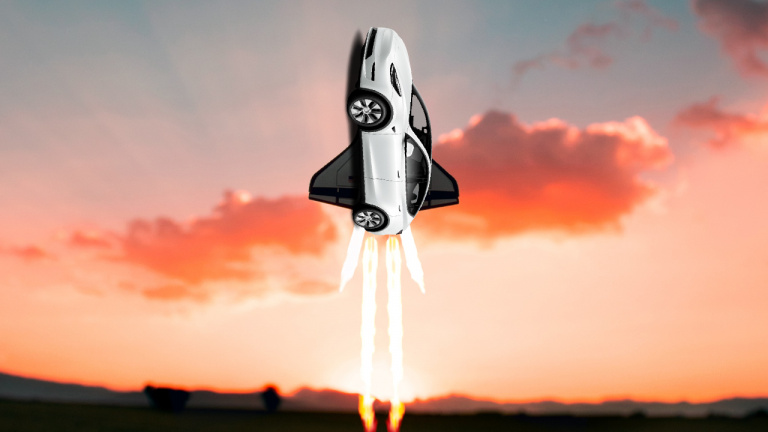News hardware Recharging your electric car in less than 5 minutes is soon possible, thank you NASA!
Thanks to an experimental cooling technique developed by NASA, the time spent charging our electric cars could be drastically reduced.
Aviation and aerospace at the service of the automobile
The world of the automobile is vast, very vast, so vast that it is difficult to name all the circles to which it relates. If you are at least familiar with motor racing and in particular F1, you are aware that many technologies used in this sport stem from aviation and aerospace.. These technologies are also sometimes even readapted to the passenger cars that we drive on our daily journeys.
Today, electric cars borrow many technologies from the world of Formula 1 that we have seen appear on the single-seaters of certain renowned pilots. For example, the engines of Renault’s E-Tech vehicles are greatly inspired by those that we could find at the Renault team. (now Alpine) a few years ago.
Understand here that the links between automotive, aeronautics and aerospace are very close and engineers working in one of these sectors are almost constantly inspired by what others are doing in their own areas of expertise. Today we learn thatnew NASA-funded technology for future space missions may well charge an electric car in just five minutes.
When NASA’s ideas serve electric cars
It’s a secret to people, but if electric cars have not yet succeeded in completely supplanting combustion-powered cars, it is largely because of the charging time of these vehicles. To tell you the truth, even Tesla Superchargers can’t compete with the good old gas guns. On the other hand, if humans manage to radically reduce the charging time of electric cars, the growth of this category of vehicles could be even more exponential.
As we explained above, NASA and researchers from Purdue University (Indiana, United States), have succeeded in creating a “subcooled flow boiling” technique which dramatically improves heat transfer efficiency by cooling cables that carry high electrical loads. Although this technique was developed to control the temperatures of certain space systems, it could therefore also be used for car charging.
Put simply, Purdue University’s cable can deliver up to 2400 amps. An astronomical number (that’s the case to say), when you know that 1400 amps are enough to reduce the charging time of an electric car to five minutes. Unfortunately, the batteries of our vehicles can currently only support 520 amps.
Knowing that Tesla Superchargers are capable of sending a maximum intensity of 330 amps, no need to tell you that this “subcooled flow boiling” technique could considerably revolutionize the way we charge our vehicles. One thing is certain, we should not see this appear immediately, even if the university has already started discussions with several companies. Wait and see, as they say.

